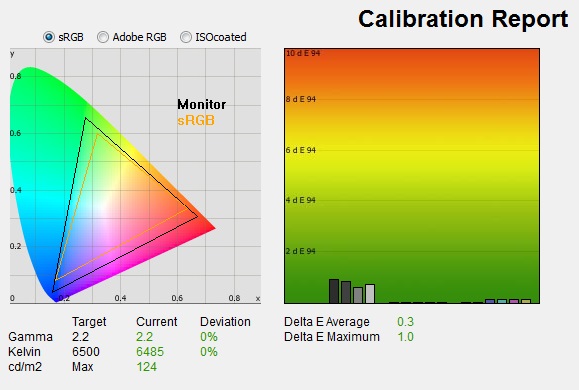

- #Adobe premiere transition nitro zone pro
- #Adobe premiere transition nitro zone software
- #Adobe premiere transition nitro zone Pc
- #Adobe premiere transition nitro zone series
- #Adobe premiere transition nitro zone mac
In the multi-threaded R23 runs, the M1 absolutely dominates past Macs with similar low-power CPUs.
#Adobe premiere transition nitro zone mac
What's notable is the performance of the Rosetta2 run of the benchmark when in x86 mode, which is not only able to keep up with past Mac iterations but still also beat them. The M1 here loses out to Zen3 and Tiger Lake CPUs, which still seem to have an advantage, although we're not sure of the microarchitectural characteristics of the new benchmark. In this first-time view of the popular Cinema4D based benchmark, we see the Apple M1 toe-to-toe with the best-performing x86 CPUs on the market, vastly outperforming past Apple iterations of Intel silicon. One particular benchmark that sees the first light of day on macOS as well as Apple Silicon is Cinebench. Now that the new Cinebench R23 is out with support for the M1 SoC, it was only natural that Anandtech would include it in the mix. However, the story gets a bit more complicated when it comes to other tasks. This means that if you intend to use your Mac for browser-related tasks, it won't disappoint you. The M1 pulls ahead of the Ryzen 9 5950X in Geekbench 5 Single Thread test as well, but only manages half the performance in the Multi-Thread test, which is still a respectable result given the much lower power consumption.
#Adobe premiere transition nitro zone series
In Speedometer 2.0, the M1 achieved a score of 234, which is around two times faster than the Ryzen 7 4700U and slightly faster than even AMD's crown jewel of the Ryzen 5000 series desktop CPUs, the Ryzen 9 5950X. Both the 4 performance cores and 4 efficiency cores can be active in tandem, meaning that this is an 8-core SoC, although performance throughput across all the cores isn't identical. In multi-threaded workloads we suspect the cores have a hard clock-down to 3GHz, however we weren't fully able to confirm this at time of writing.Īlongside the four performance Firestorm cores, the M1 also includes four Icestorm cores which are aimed for low idle power and increased power efficiency for battery-powered operation. We can confirm that in single-threaded workloads, Apple's Firestorm cores now clock in at 3.2GHz, a 6.66% increase over the 3GHz frequency of the Apple A14.

#Adobe premiere transition nitro zone Pc
Anandtech's Andrei Frumusanu wrote that Apple's new chip is most likely based on the same Firestorm cores as the A14 chip inside the iPhone 12, albeit with a higher clock that can go up to 3.2 GHz and somewhere between 20 to 24 watts TDP - both of which can be sustained in the new Mac mini with the existing cooling solution.Īpple bragged about M1's efficiency at its launch event but only provided a vague graph showing that it offered up to two times more performance or the same performance at 25 percent of the power when compared to the "latest PC laptop chip." In Anandtech's testing, it looks like those claims may refer primarily to browser benchmarks, where Apple's SoCs are known to take the lead when compared to x86 chips.

Now that reviewers have had about a week of hands-on time with the new Apple M1 machines, there are a lot more benchmarks and even power measurements to look at.
#Adobe premiere transition nitro zone software
On top of that, it's generally hard to compare Arm and x86 architectures accurately when not only the hardware is different, but the software itself has to be rewritten and optimized. These are admittedly a few years old at this point and not the most powerful GPUs of their time, but keep in mind they're also desktop chips with much higher power draw. Then its integrated GPU was shown outperforming dedicated solutions like the Nvidia GTX 1050 Ti and the AMD Radeon RX 560.
#Adobe premiere transition nitro zone pro
When the first benchmarks appeared on the web last week, they showed the M1 was able to compete with the Intel Core i9-9880H in the MacBook Pro 16 in Geekbench despite being a low-power chip. The overall design including the case, screen, battery, keyboard, touchpad, and Touch Bar remain unchanged, so it's mostly about the upgraded guts in these machines. The first Apple M1-powered Macs are arriving to customers around the world, and reviewers are hitting the web with the first impressions on how Apple Silicon performs inside the latest MacBook Air, MacBook Pro 13, and Mac mini. The price remains the same as the past few generations and for most early adopters (but not all) it seems like a safe bet to go for M1. Bottom line: Reviews for the first three Apple Silicon Macs are in, and overall they present a positive picture that gives some credence to Apple's claim that the new architecture offers sufficient performance and battery life to make for a smooth transition from Intel-based Macs.


 0 kommentar(er)
0 kommentar(er)
